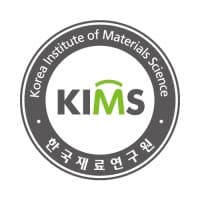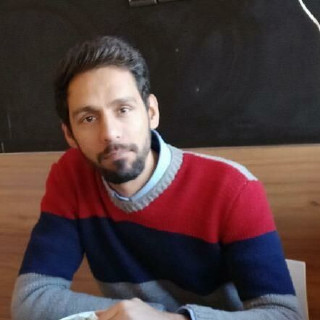Fortran for Abaqus Subroutine
Fortran for Abaqus Subroutine
The Fortran language was designed in the 1950s at IBM by a team led by John Backus. Fortran is one of the most popular programming languages in numerical calculations. This language is very efficient, simple, and fast for solving finite element problems. These features make it the first choice for high-performance computing (HPC) by engineers and scientists.
Numerical simulation engineers, both CFD and FEM, are familiar with this program and its capabilities. Since ancient times, Fortran has been used in many numerical simulation software, and even now it plays a significant role in the development of software such as Abaqus.
Fortran in Abaqus
In Abaqus, this programming language is available to engineers, students, and researchers along with C and C# for developing numerical codes known as user subroutines. Various tasks can be done with the help of user subroutines. For example, you can develop new material models, try different loadings, and even produce new elements! These are a small part of the capabilities that are provided to users with the help of subroutine. The key to entering this field is learning Fortran for Abaqus subroutine. In this course, I will try to provide you with the experiences gained from 10 years of writing Fortran user subroutines.
Why & When to Use Abaqus User Subroutines?
- When Standard Abaqus built-in capabilities are limited, restrictive, or insufficient
- Go away from black-box modeling
- Achieve more accurate material models from experimental data
- Adapt Abaqus to a particular analysis requirement
- Straightforward for others to use your code
- When the features and options in the Abaqus do not meet the user’s needs,
Prerequisites
A basic understanding of programming concepts and experience with Fortran programming language would be beneficial. It is also recommended to have some familiarity with Abaqus software and its usage.
What you will learn in Fortran for Abaqus subroutine course?
- Initial setup – Abaqus and Fortran linking in all Abaqus versions + required software
- Introduction with Abaqus subroutines
- Introduction to Fortran programming language
- Fortran basics such as variables, data types, and arrays
- Expressions, Order of Operations and Type Conversions
- Writing to a File
- Reading From a File
- Subroutines and Functions
- Important and frequently used Fortran commands
- Debugging and troubleshooting Fortran subroutine code
- Subroutine activation and introduction to Abaqus
- Structure of an Abaqus subroutine
- Choosing the right subroutine
- Rules and regulations to prevent errors
- View results in Abaqus
- Best practices for writing efficient and effective subroutines in Abaqus (including umat, dload, vumat, film, usdfld, uhard, ufield)
Who this course is for
- All Abaqus users
- Anyone new to Fortran programming
- Anyone interested in learning the Abaqus user subroutine
What you’ll gain
- You will be able to write user subroutines in Abaqus
- You will be able to develop your own codes
Need help? Get a consultation from our experts.

Telegram: +98-915-55-20-388
WhatsApp: +98-915-55-20-388
Find Us on WeChat




 We’re fully confident in the value and reliability of the product. If for any reason you are not completely satisfied, email us at
We’re fully confident in the value and reliability of the product. If for any reason you are not completely satisfied, email us at 



























Reviews
There are no reviews yet.